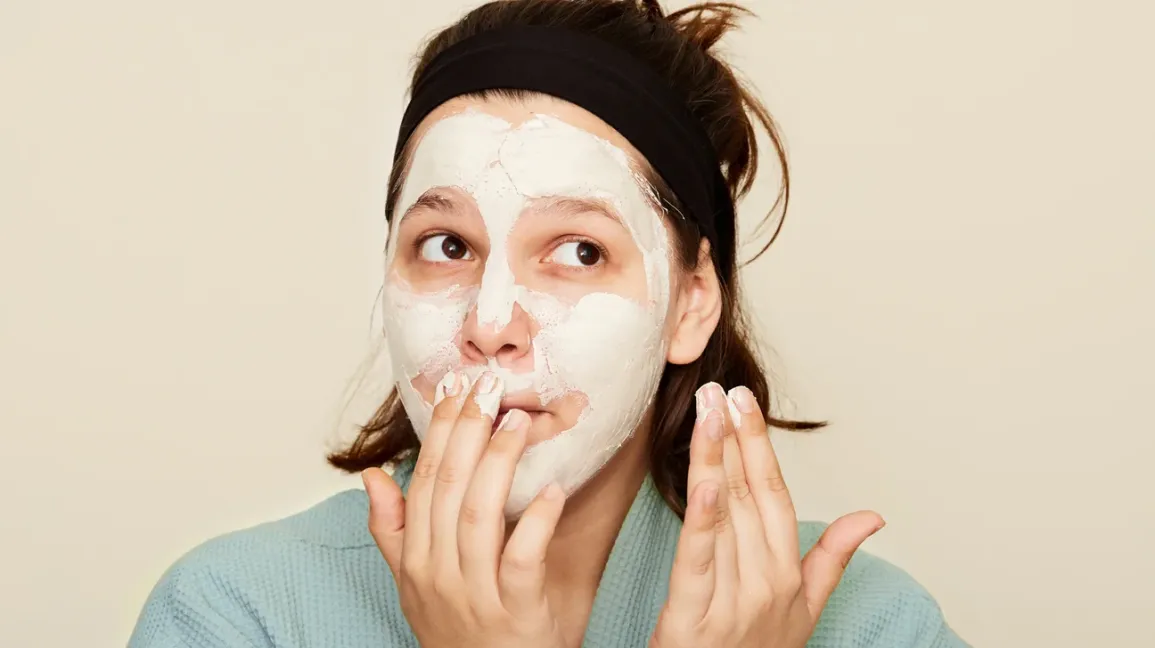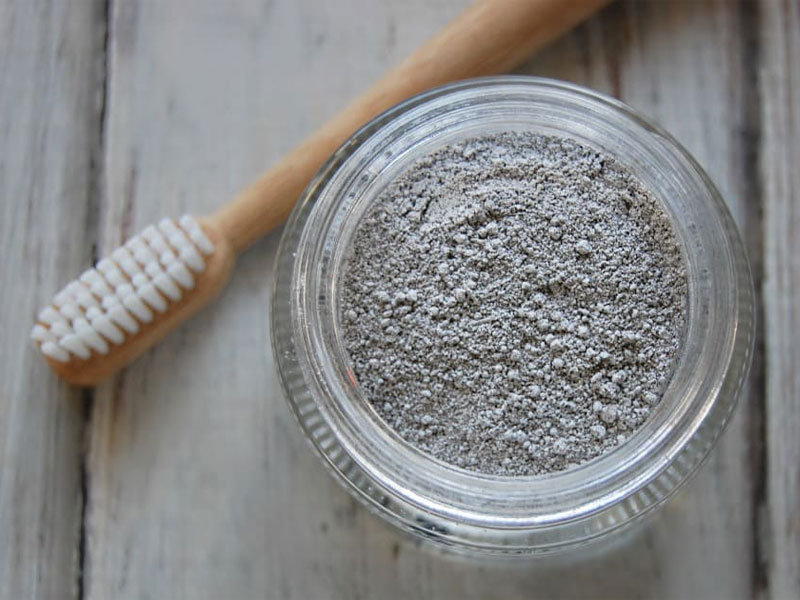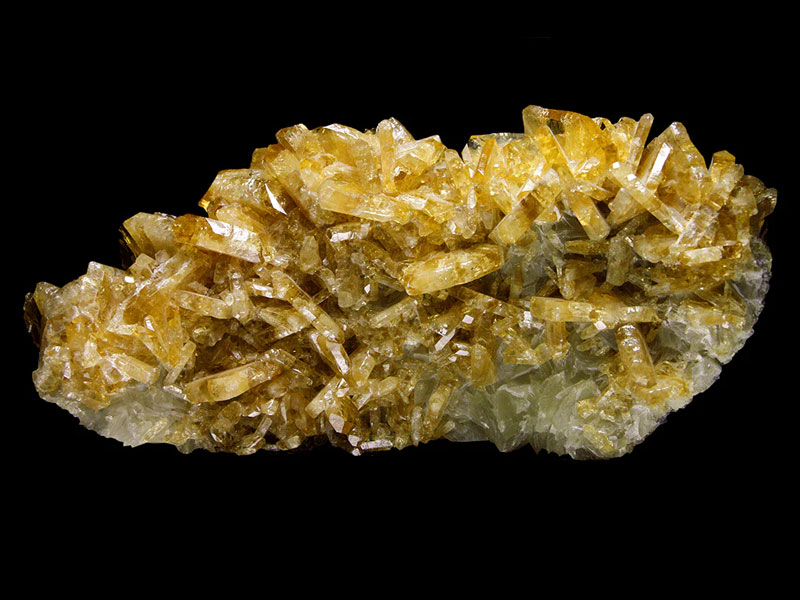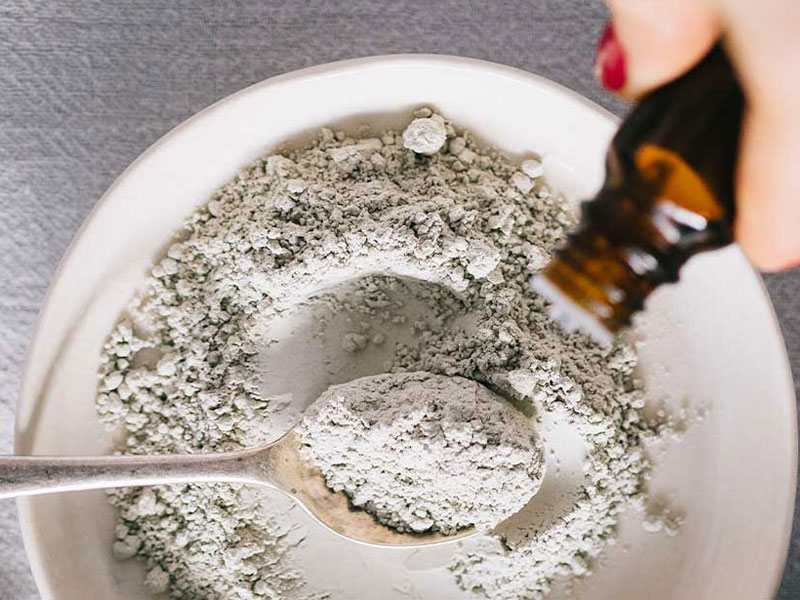Introduction
Kaolin clay, also known as China clay, is a naturally occurring mineral that has been used for centuries in various industries, including cosmetics, pharmaceuticals, and ceramics. Its fine texture and unique mineral composition make it a popular choice for skincare and beauty products. However, recent discussions have centered around the presence of lead in kaolin clay and the potential risks associated with its use.
Understanding Kaolin Clay
Before diving into the lead content issue, let’s get to know kaolin clay better. This soft, white clay is mined from the Earth and is rich in minerals such as kaolinite, halloysite, and quartz. Its natural properties make it an excellent absorbent and an ideal ingredient in skincare formulations.
The Concern About Lead in Cosmetic Products
Lead is a heavy metal that can be harmful to human health, especially when ingested or absorbed through the skin. Concerns about lead contamination in cosmetics and skincare products have led to increased scrutiny by regulatory agencies and consumers alike. It’s crucial to address these concerns to ensure the safety of consumers.
Read More: Drilling Barite
Regulations and Safety Standards
To protect consumers, regulatory agencies such as the FDA (Food and Drug Administration) in the United States have established safety standards for cosmetics and skincare products. These standards include limits on the amount of lead and other contaminants that can be present in these products. Manufacturers are required to comply with these regulations to ensure product safety.
Lead Content in Kaolin Clay
The presence of lead in kaolin clay can vary depending on its source and processing methods. Generally, kaolin clay is considered safe for cosmetic use when it meets regulatory standards. However, it’s essential to purchase products from reputable brands that conduct rigorous testing to ensure lead levels are within acceptable limits.
How to Choose Safe Kaolin Clay Products
If you are concerned about the lead content in kaolin clay products, here are some steps to help you make informed choices:
Research Brands: Look for brands with a history of quality and safety in their products.
Check Labels: Read product labels for information on testing and safety standards.
Customer Reviews: Check for customer reviews and testimonials regarding the product’s safety and effectiveness.
Consult a Dermatologist: If you have specific skin concerns or conditions, consult a dermatologist before using kaolin clay products.
Read More: Wikipedia
Benefits of Kaolin Clay
Despite the lead concerns, kaolin clay offers numerous benefits for the skin. It is known for:
- Absorbing Excess Oil: Kaolin clay can help control oily skin and reduce breakouts.
- Gentle Exfoliation: It provides gentle exfoliation, removing dead skin cells and promoting a radiant complexion.
- Detoxification: Kaolin clay can draw out impurities and toxins from the skin.
- Soothing Irritation: It has a calming effect on irritated or inflamed skin.
Using Kaolin Clay Safely
To use kaolin clay safely, follow these guidelines:
- Patch Test: Always perform a patch test before using a new product to check for any adverse reactions.
- Follow Instructions: Read and follow the product’s usage instructions carefully.
- Limit Frequency: Avoid overusing kaolin clay masks, as excessive use can lead to skin dryness.
- Stay Hydrated: After using kaolin clay, moisturize your skin to prevent dryness.
Read More: Salt
Conclusion
In conclusion, the presence of lead in kaolin clay is a concern, but when used in cosmetic products that adhere to safety regulations, the risk is minimal. To ensure your safety, choose products from reputable brands, and follow usage instructions diligently. Kaolin clay offers numerous benefits for your skin, and with the right precautions, you can enjoy them without worry.









